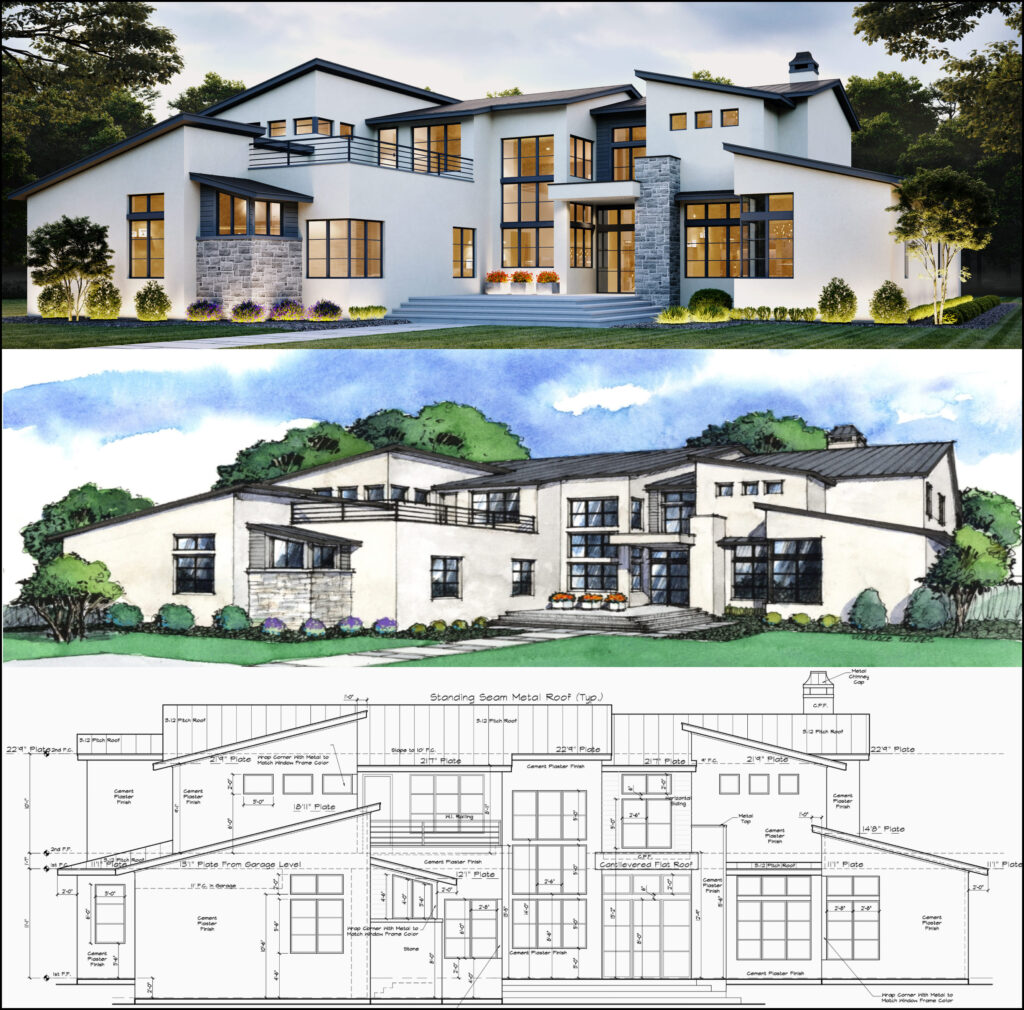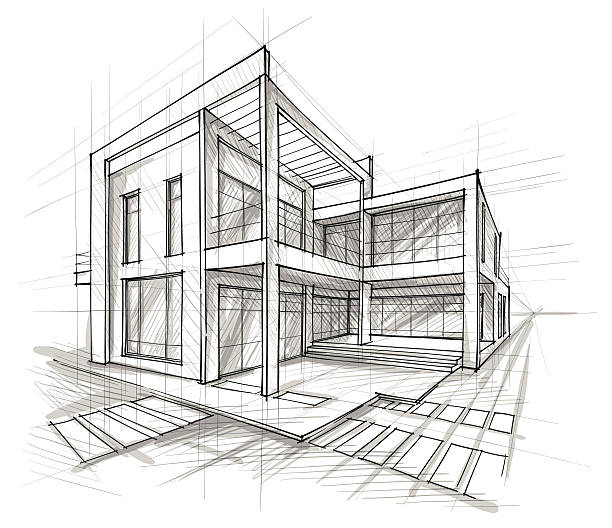How CDA Architects Combine Imagination and Performance in Modern Style
How CDA Architects Combine Imagination and Performance in Modern Style
Blog Article
A Comprehensive Summary of Building Designs and Their Influence on Modern City Planning and Advancement
Architectural styles have actually long acted as a mirror to the social worths and technical developments of their time, playing a vital role in forming modern-day city planning and growth. From the majesty of Neoclassicism to the utilitarian technique of Brutalism, each design has introduced distinct concepts that affect city aesthetic appeals and performance. As modern challenges emerge, consisting of sustainability and community requirements, understanding these historical frameworks ends up being essential. The resulting discussion not just informs future design methods however likewise elevates important questions concerning the balance in between heritage and innovation in our advancing metropolitan landscapes.
Historic Overview of Architectural Designs

As cultures transitioned with the Center Ages, Gothic architecture arised, identified by its verticality and detailed detailing, mirroring the spiritual ambitions of the era. The Renaissance noted a resurgence of classical ideals, merging art and design in innovative manner ins which affected subsequent designs throughout Europe.

Today, architectural designs continue to advance, driven by globalization and sustainability worries, mirroring a dynamic interaction in between heritage and development. This historic review highlights the significance of style as a mirror of societal development and as a stimulant for urban development.
Key Architectural Styles Explained
The diversity of building designs mirrors the myriad impacts that form our developed setting, each embodying unique attributes and cultural significances. Key architectural designs include Timeless, Gothic, Baroque, Modernism, and Postmodernism, each representing distinct historical contexts and aesthetic ideologies.
Classical architecture, rooted in ancient Greece and Rome, emphasizes balance, proportion, and making use of columns (cda architects). In contrast, Gothic architecture, thriving in the Center Ages, is defined by pointed arches, ribbed safes, and flying buttresses, producing an ethereal top quality in sanctuaries. Baroque architecture, emerging in the 17th century, is marked by majesty, elaborate ornamentation, and a dynamic interplay of light and darkness
Innovation, which obtained energy in the very early 20th century, prioritizes feature over kind, making use of brand-new products like steel and glass to produce minimalist structures. Postmodernism, reacting against the austerity of Innovation, welcomes eclecticism and historic recommendation, usually incorporating playful components and paradox.

Influence On Urban Preparation
Fit the growth of cities, architectural designs considerably affect urban preparation choices. The option of building style often determines the looks, performance, and total character of city environments. Innovation, with its emphasis on minimalism and performance, urges open spaces and the integration of innovation, forming city layouts that prioritize performance and ease of access. On the other hand, traditional styles may highlight historic conservation, causing city designs that preserve cultural heritage and advertise pedestrian-friendly settings.
Furthermore, building designs can affect zoning guidelines and land make use of plans. Urban coordinators have to take into consideration the dominating building fads when making areas, guaranteeing that brand-new advancements balance with existing structures. This consideration promotes cohesive city landscapes and enhances community identification.
The execution of details building styles can likewise influence socioeconomic aspects within a city. Premium modern styles may bring in wealthy locals and companies, leading to gentrification, while extra cost effective housing solutions might prioritize functional and sustainable styles to fit varied populaces. cda architects. Inevitably, the interaction between architectural designs and urban preparation creates vibrant cities that mirror both historical context and modern requirements, forming the lived experiences of their occupants
Sustainability and Modern Architecture
Building styles play a pivotal duty in dealing with modern difficulties, specifically in the realm of sustainability. As city areas broaden and ecological issues intensify, contemporary style progressively welcomes sustainable style concepts that focus on power efficiency, resource preservation, and very little eco-friendly impact.
Contemporary building motions, such as biophilic layout and green architecture, supporter for structures that harmonize with their environments, utilizing natural materials and promoting biodiversity. These styles typically include renewable resource sources, such as photovoltaic panels and wind generators, to lower reliance on fossil fuels and reduced carbon impacts.
Moreover, the combination of innovative innovations, such as clever structure systems, enhances energy administration, enhancing resource usage while making certain occupant comfort. Innovative water administration methods, consisting of rain harvesting and greywater recycling, further contribute to sustainable urban environments.
Notably, sustainability extends past ecological problems; it encompasses social and economic dimensions. By fostering community well-being and advertising inclusivity, modern-day building designs align with sustainable growth objectives. Subsequently, the advancement of architectural methods remains to form durable cities that not only meet the needs of today yet likewise protect the future for generations ahead.
Area Involvement in Style
Community engagement in layout works as a vital bridge between architects and the populaces they serve, guaranteeing that the built Learn More atmosphere reflects the demands and ambitions of its customers. This collective procedure invites community participants to contribute their understandings and preferences, cultivating a sense of possession and duty towards the areas they live in.
Reliable community involvement utilizes various approaches, such as workshops, surveys, and public discussion forums, to collect diverse viewpoints. These methods promote a two-way dialogue, permitting designers to understand local contexts while visit this website equipping homeowners to articulate their concerns and wishes. This inclusivity not just improves the layout quality however also promotes social equity by resolving the distinct obstacles faced by marginalized teams.
In addition, area involvement can lead to ingenious services that might not emerge in a traditional style procedure. By incorporating local understanding and social worths, architects can create areas that reverberate even more deeply with customers, enhancing functionality and sustainability. Inevitably, prioritizing area engagement in design processes leads to atmospheres that support social communications, assistance wellness, and reinforce area ties, thereby playing a critical function fit modern-day city landscapes.
Final Thought
Architectural designs have actually greatly affected modern city preparation and advancement, showing developing cultural and technical contexts. As cities proceed to grow and adapt, the recurring discussion between building heritage and contemporary design concepts will certainly continue to be vital in creating inclusive, lively areas that this link improve high quality of life and promote social equity.
Report this page